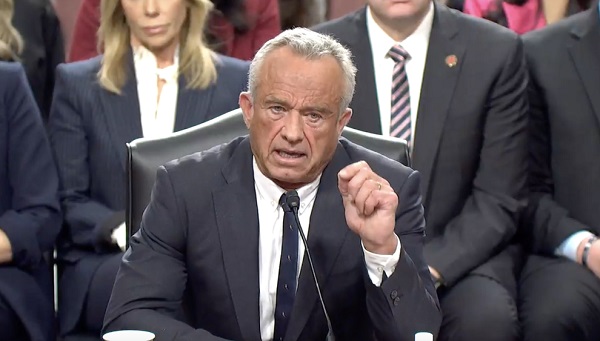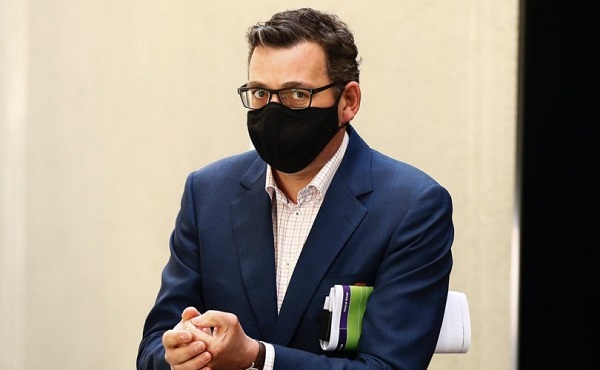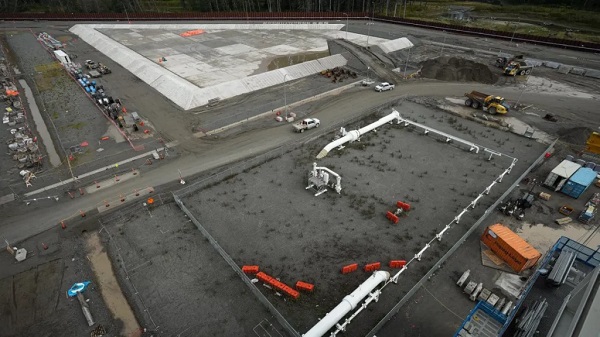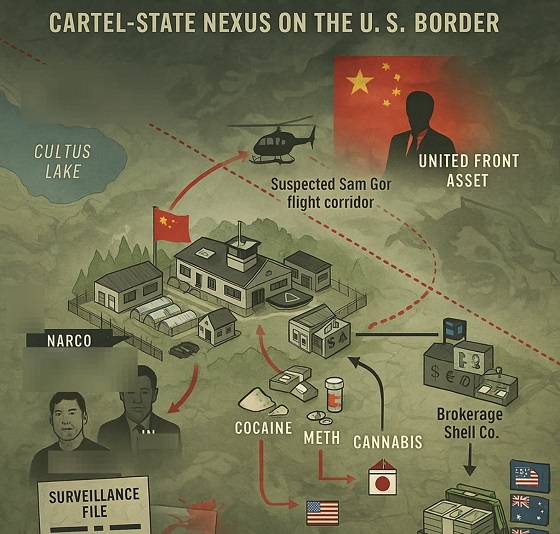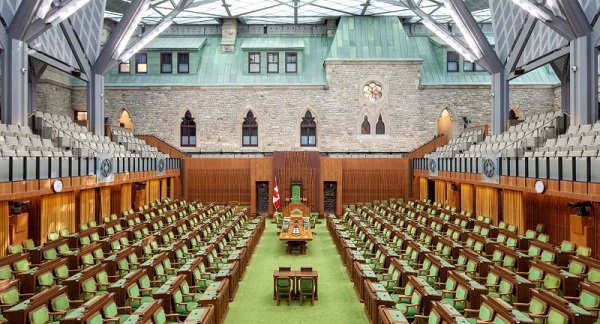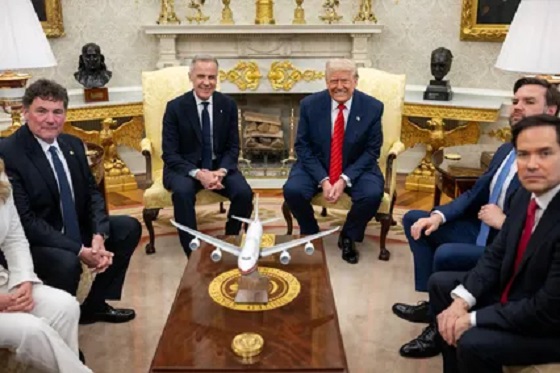By Michael Haynes, Snr. Vatican Correspondent
Though no formal schedule has been released yet, it is expected that the smoke on Wednesday night could appear between 7 and 8 p.m. Rome time (11 a.m. and 12 noon MST)
How does voting work in a conclave, and when can we expect to see the black or white smoke?
LifeSite’s explainer is here to answer your questions.
Votive Mass and procession into the Sistine Chapel
Wednesday, the first day of the conclave, sees all the cardinal electors gather in St. Peter’s Basilica, where they celebrate the special votive Mass for the election of a pope. The Mass takes place at 10 a.m.
After this, the cardinal electors will next present themselves to the Pauline chapel on the first floor of the Apostolic Palace in the afternoon, at 4:30 p.m. Here they listen to an exhortative homily intended to offer spiritual wisdom for the weighty duty they face. From here they make the famous procession into the Sistine Chapel, where they shall swear their oaths for the conclave itself.
It is at this point that the televised production will stop, after the Master of Ceremonies orders all the non-electors out of the room with his famous command “Extra omnes.”
First vote Wednesday
That afternoon sees the first vote take place. This is widely understood to be an event to take stock of who has early support, but also for some cardinals to pay respect to some honored member of the conclave by voting for them, even though they are not expected to actually be elected pope.
Each cardinal must walk up to the altar in the Sistine Chapel and place his written ballot paper in a container for it to be counted.
According to Pope John Paul II’s 1996 apostolic constitution Universi Dominici gregis (UDG), the men who count and check the ballots are themselves chosen by lot. If they find discrepancies in the number of ballots in a vote, then they burn all of the papers before officially nullifying the vote.
The ballots of every vote are burned and mixed with a special chemical to produce the famous black smoke so eagerly watched for in St. Peter’s Square. UDG sections 64 through 71 contain precise details about how the votes proceed.
Though no formal schedule has been released yet, it is expected that the smoke on Wednesday night could appear between 7 and 8 p.m. Rome time.
The smoke used to be from the burning of ballot papers, but in recent times a chemical has been used to ensure the correct color is clearly visible to those waiting in the square outside. The ballots and smoke are burned in the temporary stove installed in a corner of the Sistine Chapel.
Thursday voting
The second day sees the start of voting in earnest. There are two sessions – morning and afternoon – each with two votes, meaning a total of four votes per day according to the laws governing the conclave.
However – only at the end of each of the two sessions will there be a smoke signal. That is of course only if a cardinal is not elected on one of the ballots during the day.
The ballot counters read aloud each name on the ballot papers, and tallies are created to record the votes each cardinal receives.
The morning session is anticipated to end some time around noon local time. Cardinals then return to the Casa Santa Martha for lunch, and resume voting around 4 p.m. The evening smoke signal is due around 7 – 8 p.m., unless a pope is elected in the afternoon’s first round of voting.
Pope elected
Upon a candidate receiving two-thirds of the vote, he is asked formally if he accepts the election as Supreme Pontiff.
If the man accepts, he is then asked what name he will take as pope. When he reveals this, the Master of Papal Liturgical Ceremonies swiftly writes a document detailing the new pope’s acceptance and his name.
Providing the candidate is already a bishop – which almost all the members of the College of Cardinals are – the candidate becomes the validly elected pope as soon as he pronounces his formal acceptance of the election.
The ballots are collected, mixed with the chemical for white powder, and burned so that those in St. Peter’s Square see the famous white smoke from the chimney of the Sistine Chapel.
The cardinals greet the new pope in the Chapel and make their individual acts of “homage and obedience,” before all collectively making a prayer of thanksgiving.
The newly elected pope is taken into the sacristy next to the Sistine Chapel, where he changes into one of the white cassocks already prepared for him. This small room is known as the “room of tears” due to the tears shed by the newly name pontiff as he reflects on the enormity of the task now before him.
Once he is ready, the formal announcement to the world is made, with the senior cardinal deacon stepping onto the loggia of the Vatican to pronounce the famous words: “Annuncio vobis gaudium magnum: habemus papam.”
A short time later, the newly elected pope will emerge onto the loggia and greet the crowds who have flocked to the square beneath him, offering his first blessing as pontiff.
Related


